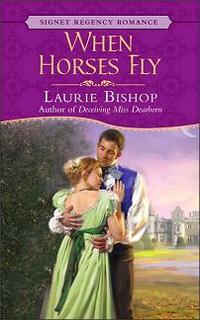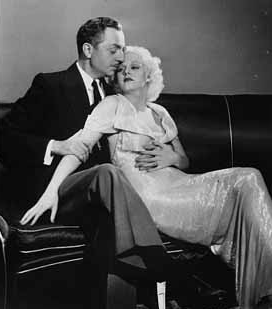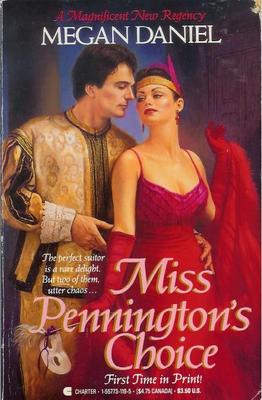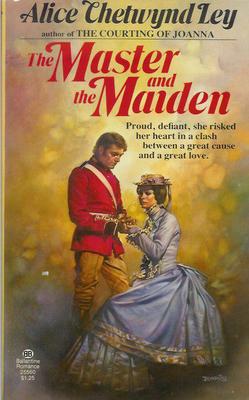 As a child growing up on a dairy farm, Laurie Bishop spent countless hours reading anything she could find—from Greek, Roman, and Norse myths to Robert Frost’s poetry. Then she picked up her grandmother’s copy of Jane Austen’s Pride and Prejudice, which began her love affair with the Regency period. Laurie won the Romance Writers of America’s Golden Heart competition for The Best Laid Plans. Today Laurie lives in her native upstate New York. She has a master’s degree in human services and counseling and is employed in social work, but her favorite job is collaborating at night with her four cats and writing partners–Kato, Pooka, Slipper and Kramer. Learn more at www.lauriebishop.com/.
As a child growing up on a dairy farm, Laurie Bishop spent countless hours reading anything she could find—from Greek, Roman, and Norse myths to Robert Frost’s poetry. Then she picked up her grandmother’s copy of Jane Austen’s Pride and Prejudice, which began her love affair with the Regency period. Laurie won the Romance Writers of America’s Golden Heart competition for The Best Laid Plans. Today Laurie lives in her native upstate New York. She has a master’s degree in human services and counseling and is employed in social work, but her favorite job is collaborating at night with her four cats and writing partners–Kato, Pooka, Slipper and Kramer. Learn more at www.lauriebishop.com/.
 Praise for WHEN HORSES FLY!
Praise for WHEN HORSES FLY!
“Bishop builds the story nicely as Alex’s heart of ice begins to melt and Cora learns what the pangs of love mean. With an unruly cast, tension throughout and some surprising twists, this novel is a perfect fit for Regency lovers.” — Romantic Times Bookclub 4 Stars
The Interview
Q. How did you think of writing this particular book? Did it start with a character, a setting, or some other element?
This book originated with a scene that popped into my head pretty much of whole cloth–the heroine disembarking from a public coach in a strange place, clearly alone and poor, and encountering the hero very abruptly–by falling on him!Her attention is quickly drawn from this embarrassment to the realization that the coach is leaving with all that she possesses in the world on board. The heroine is on her way to her new position, caring for an aged cousin. The gentleman is the cousin’s son, who is not in favor of her intrusion.
The short answer is that I began with both a character and a scene.
Q. How long did it take? Was this an easy or difficult book to write?
I believe it took me approximately six months to finish. I wish I’d had more time, actually–I do need to create a good deal of the story as I write, even though I start from an outline, and I did have a struggle in the middle of the book to break through a block. That’s a lesson–you never know exactly how much time you need. I’m happy with the end result, however!
Q. Tell me more about your characters. What or who inspired them?
Cora was inspired, in retrospect, by Jane Eyre–a post-Regency character, but I could apply her situation to Cora easily enough. Cora is not as outwardly meek as Jane and is more proactive, but Jane Eyre was the seed.
As for Alexander–I didn’t create him after anyone that I can think of, but he has some of the moodiness of Heathcliff in WUTHERING HEIGHTS, although he is much better behaved! He suffers from paternal rejection and from living in the shadow of a favored (and deceased) brother, so that would produce some of Heathcliff’s angst. Anyway, I do have to keep some secrets about Alex for now…
Q. Did you run across anything new and unusual while researching this book?
I enjoyed researching the history of the area, the southeast coast of England–specifically, the vicinity of Beachy Head, Birling Gap, and East Dean. All of these places are real, and there is a very interesting history of smuggling associated with East Dean and Birling Gap. I took an author’s license to create Lord Wintercroft’s “castle” and the specific caves mentioned in the story, but the setting is authentic. I’d love to see East Dean someday–I understand that it is relatively unchanged, and still has its pub, the Tiger.
Q. What do you think is the greatest creative risk you’ve taken in this book? How do you feel about it?
My reverend is a flawed character. I can’t elaborate without revealing too much of the plot, I’m afraid. I’m very satisfied with how this worked–both in terms of realistic character development and in the turn of the story.
Q. How do you feel this book compares with your previous Regencies?
WHEN HORSES FLY is more like DECEIVING MISS DEARBORN than THE BEST LAID PLANS. It is more of a drama and isn’t meant as a comedy–although there are a few laughs in it (I hope!).
I’d love to write a comedy again, but that is something that starts with the characters and the premise. Some stories aren’t meant to be comedies. But I retain whatever makes up my voice–dialog, style, and etcetera–in my opinion, anyway! As much as possible I always strive for a period style–a rhythm and a structure that reflects the 19th century style–within certain limits. And…I have a lot of fun doing it.
Q. What are you working on now?
I am in a resting and well-filling phase at the moment, doing research, considering ideas. My next book will either be a historical or possibly a contemporary romantic suspense–so you can see I have a lot to mull over. As for writing, I am journaling and doing short sketches to solidify my ideas.
Whatever I decide upon, it will be a book of my heart. And I’ll be sure to let you know when I do!
Thanks so much for the interview! It’s been fun.
Laurie









